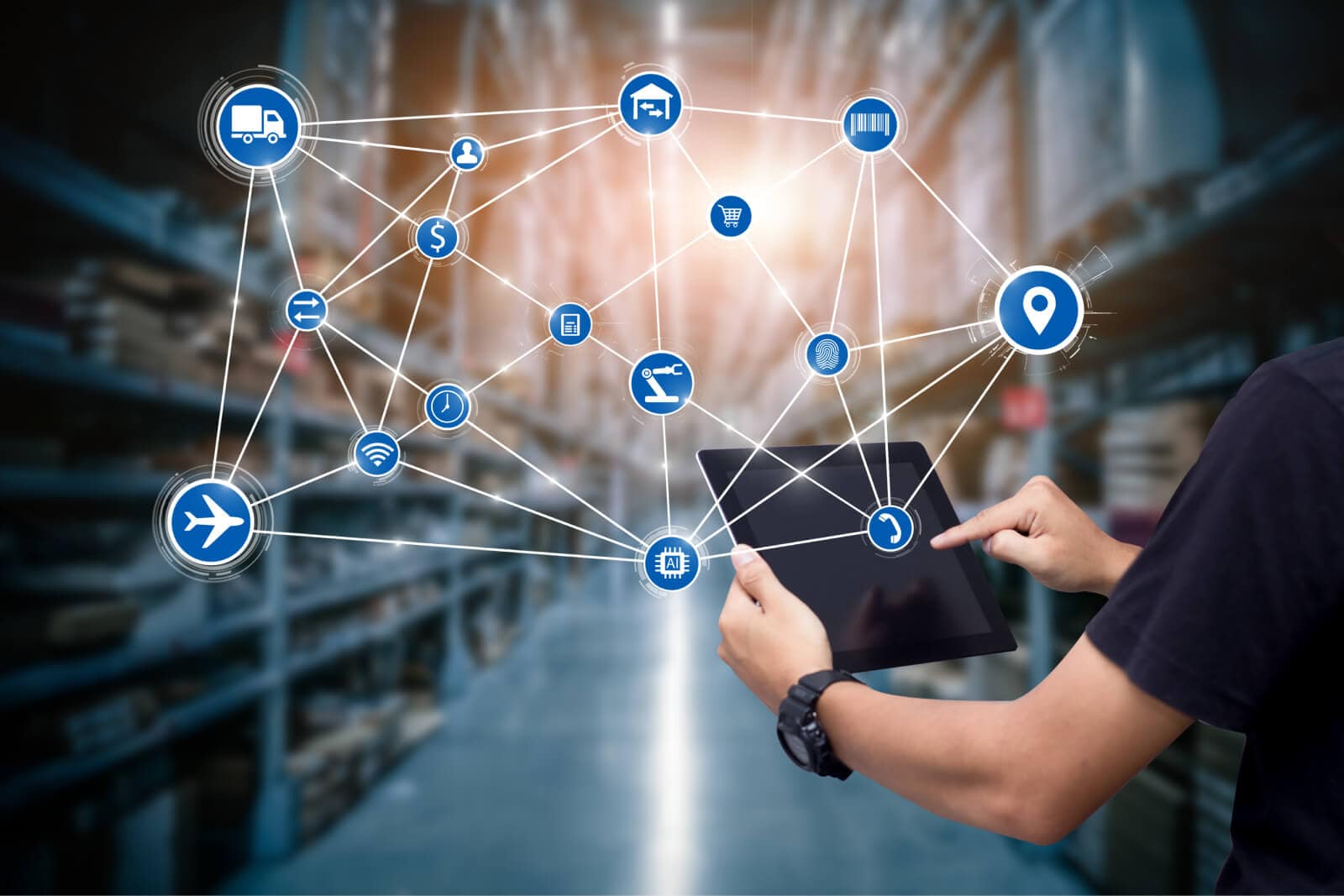
This post was originally printed on Forbes.com.
“Obviously, you should have an idea of what’s out there and what could happen, and a sense of the probabilities. But we also really think companies should be not just focusing on the scary event—the hurricane, the cyberattack, the pandemic, whatever it is—but really focus on their vulnerabilities. What do you control? Where are you single sourced? Where do you not have visibility in your supply chain that you should? And focusing on those. If you try to predict what the next shock is going to be, you’re probably going to be wrong 99 percent of the time. But you can certainly see where your vulnerabilities are.”
– Ed Barriball, a partner in the Manufacturing and Supply Chain service line within the Operations Practice at McKinsey and Company.
Despite all the havoc and disruption that Covid-19 wreaked on our complex, brittle and often antiquated global supply chains, there was one silver lining: The imperative to digitally transform is now manifest to all. The pandemic had the effect of pushing aside any lingering debates about whether to modernize and how fast — and that points to 2021 as a year of innovation, collaboration and progress, the likes of which modern supply chains have never seen.
Here’s what I believe is coming this year:
In 2020, Gartner Vice President of Research Bart De Muynck was quoted in the Wall Street Journal saying that “visibility technology … has ‘become a necessity’ amid pandemic-driven lockdowns, demand spikes and supply disruptions.” But visibility into freight when it’s in transit is just one aspect of tracking an order from origin to destination. 2021 will see companies breaking down the barriers between their disparate systems in order to liberate their data and share it with their partners for analysis and insights.
This digital thread will extend visibility into new areas, making it possible to foresee delays in raw materials. The integration of real-time visibility data with supply planning systems, together with automated alerts and predictive technologies, increasingly will help companies proactively manage order fulfillment issues and optimize supplies.
The pandemic spurred a huge shift in consumer buying behaviors toward online purchases, home deliveries and in-store pickups. Whatever patterns may emerge when the pandemic is over, companies will forevermore be monitoring the mounds of consumer preference data that’s being generated, making it easier than ever to predict and manage demand.
It’s high time to modernize shipper procurement practices. 2021 will see more widespread use of real-time visibility data and artificial intelligence to facilitate and accelerate the matchmaking of shippers with carriers who are best equipped to service any given shipper’s unique lanes
Data security, privacy and governance are critical matters for supply chain companies. That said, with the right technologies, processes and safeguards in place, the benefits of sharing real-time supply chain data are too compelling to ignore. I’ve seen this firsthand with my company’s customer advisory board, which is made up of more than 100 leading shippers and carriers across a spectrum of industries. An increasing number of them are sharing their logistics data with their partners in a true collaborative effort to find much-needed operational efficiencies and achieve ROI on their investments.
Global supply chains will not achieve “digital nirvana” in 2021 — the work of modernization and automation will continue for years, and different industries will move at different paces. Nonetheless, in 2021 we will begin to see, for the first time, a number of enterprises that achieve true end-to-end visibility into their orders, no matter where they are in the value chain.
This will be a watershed moment for a supply chain so thoroughly buffeted by the storms of 2020 — and a welcome harbinger for a new era of supply chain transparency, collaboration and automation.